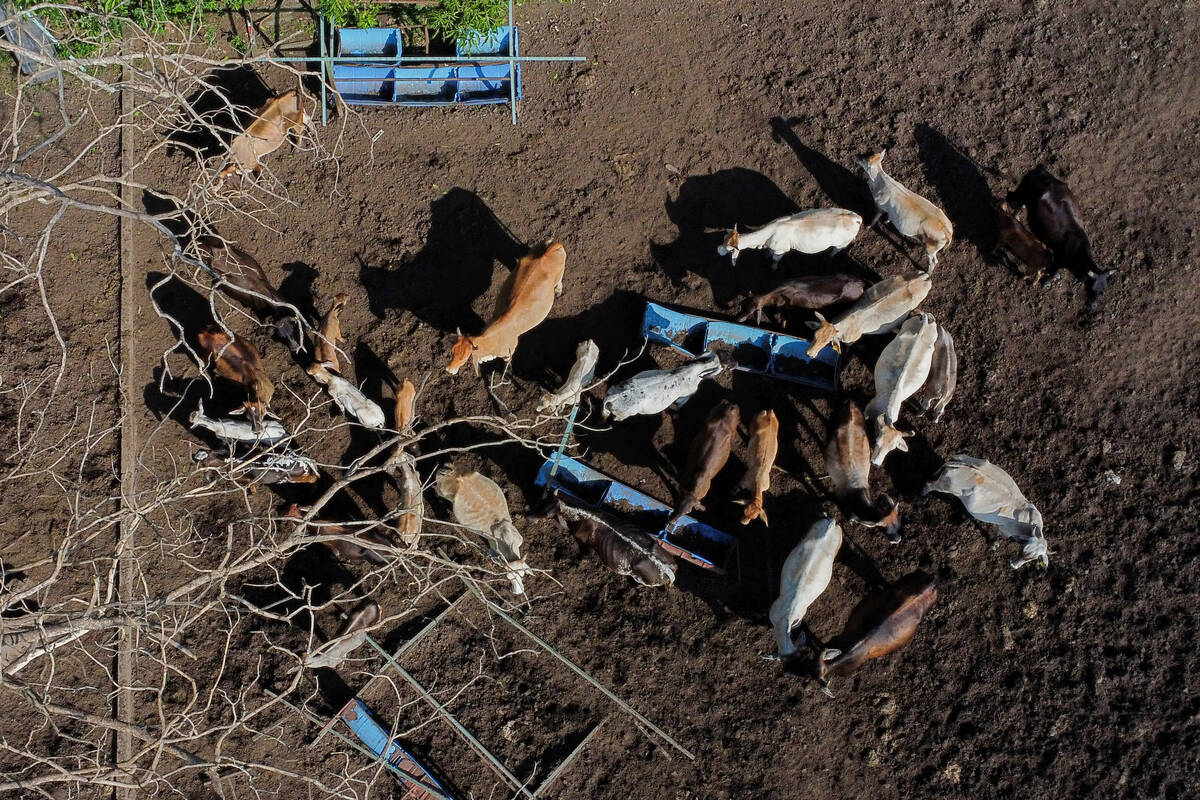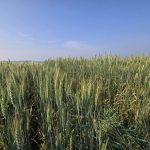Irrigation is a centrepiece of the government’s goal to increase rural development and double farm incomes
KONDHANE/NEW DELHI, India (Reuters) — Like his father before him, Dattatatraya Kshirsagar, 80, has been looking forward for years to the day when a US$65 million dam will be completed in his village, an hour and a half drive southeast of Mumbai.
The dam would supply enough water to irrigate 2,500 acres of parched land around it, including Kshirsagar’s six acre family farm in Kondhane village.
A steady water supply, instead of reliance on seasonal monsoon rain, would allow him to switch to cash crops and reap three harvests a year instead of one now, Kshirsagar said.
Read Also

Cattle smuggling worsens outbreak in Mexico
Cattle being smuggled across Mexio’s southern border are making a screworm outbreak much more difficult to control.
Kshirsagar’s family has been holding on to that dream since 1984, when the project was first proposed by the state government.
“My family’s income will more than double if they complete the dam,” he said.
Indian Prime Minister Narendra Modi is promising to do just that in the 2016-17 budget presented Feb. 29. His government has pledged nearly $13 billion on rural development, aiming to double farm incomes by 2022.
Irrigation is a centrepiece of that promise in a country where nearly half of the arable land depends on monsoon rain. Modi’s budget has allocated a record $18 billion to expand irrigation and recharge aquifers. Two-thirds of that could come from overseas loans.
At stake are Modi’s political future and his growth ambitions. Most of the country’s 1.3 billion people live in the countryside and depend on agriculture to make a living.
Rising rural distress after back-to-back droughts contributed to an embarrassing defeat of Modi’s ruling Bharatiya Janata Party in a state election late last year.
More crucial state elections are due in the coming months, including in India’s fourth-largest state of West Bengal.
Scientists say global warming is making India’s summer monsoon increasingly unpredictable, and the country’s farm sector, which accounts for 14 percent of gross domestic product, shrunk by .2 percent in 2014-15 after growing by 4.2 percent in the previous year.
Stalled projects such as the Kondhane dam tell a cautionary tale for politicians making big promises.
Successive federal governments have spent billions of dollars over the years to fix the problem. However, many of the projects stalled because of bureaucratic sloth, corruption, opposition to land acquisition and lack of co-ordination within the government.
More than 200 irrigation projects worth $36 billion have been stuck for years. One irrigation project has languished for 40 years in eastern Uttar Pradesh, India’s largest state, which goes to the polls next year.
The delay has increased the cost of the Durgawati project by eight times to $119.15 million, said a source at the water Resources ministry.
“Every year, a large amount of funds allocated for irrigation lie unutilized, and that’s because of lethargy, red tape, inept administration and a lack of political will,” said agricultural economist Ashok Gulati, who formerly advised the government on crop prices.
Poor co-ordination between New Delhi and the states is one of the biggest challenges.
Nearly half a dozen departments of state governments are involved in each project along with the federal ministries of farm, water resources and rural development. This makes co-ordination and implementation tricky and time consuming.
“It’s a case of too many cooks,” said Devinder Sharma, an independent farm and trade policy analyst.
Only 160 million acres of the 350 million acres of farm area under crops in India are irrigated. Surface irrigation projects cover only 60 million acres of that total.
Nearly 60 percent of the irrigation for farms now comes from groundwater, mainly through electric water pumps. Subsidized electricity gives farmers an incentive to pump more water, which is a key reason for fast depleting water tables.
That has lent an added urgency to speed up the surface irrigation projects.
Modi’s administration has decided to focus initially on 46 of the stalled surface irrigation projects. It has set a deadline to complete half of them by next March and the other half by 2020, according to the 2016-17 federal budget.
The 23 projects will help bring an extra 3.2 million acres under irrigation.
The remaining 150 projects that are stalled, such as the Kondhane dam, have no timeline yet because the government is tackling the biggest ones first.
Nearly two dozen dumpers and a dozen excavators remain parked in a row at the dam project site in Kondhane, idle and covered in blue tarp.
It took the Maharashtra state government 27 years to get the necessary approvals from various government departments to start excavating the Kondhane dam site.
Work started in earnest in 2011, but the project got stuck again a year later, this time because of legal troubles, including environmental concerns about the impact of the dam. The matter is now before a court.
The state’s anti-corruption bureau is also investigating graft charges.
Meanwhile, the cost of the dam has increased to $65 million from $1.2 million when it was first conceived.














